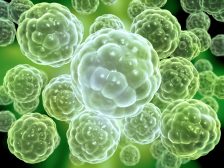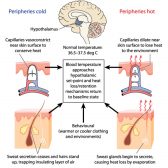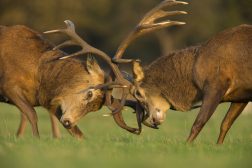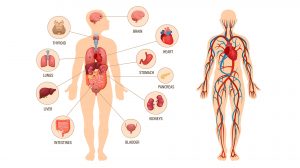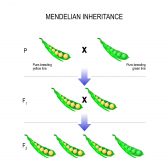Definition
noun
A movable joint comprised of a layer of fibrocartilage or hyaline cartilage that lines the opposing bony surfaces, and a lubricating synovial fluid in the synovial cavity
Supplement
Synovial joints are movable joints comprised of a sac-like fibrous joint capsule, a synovial cavity filled with a synovial fluid, and a layer of articular cartilage. The sac-like fibrous capsule is called a joint capsule. It is continuous with the periosteum of the articulating bones. This capsule is made up of two layers, i.e. an outer fibrous membrane comprised chiefly of ligaments and an inner synovial membrane. The synovial membrane, in turn, is generally comprised of subintima (an outer layer of connective tissue) and intima. The intimal layer is the inner layer of the synovial membrane with two types of cells: fibroblast-like (type B) synovial cells and macrophage-like (type A) synovial cells. The type B synovial cells release components of the synovial fluid into the synovial cavity.
Synovial joints enable movements such as abduction, adduction, extension, flexion, and rotation. Examples of human synovial joints are:
- Gliding joints (or plane joints) – e.g. the carpals of the wrist
- Hinge joints – e.g. the elbow (between the humerus and the ulna)
- Pivot joints – e.g. atlanto-axial joint
- Condyloid joints (or ellipsoidal joints) – e.g. radiocarpal joint
- Saddle joints – e.g. the thumb (between the metacarpal and carpal)
- Ball and socket joints – e.g. shoulder joints (glenohumeral) and hip joints
- Compound joints – e.g. knee joint
These joints are the most movable type of joints in the human body in contrast to cartilaginous joints (such as synchondroses and symphyses) and fibrous joints (such as sutures, gomphoses and syndesmoses).
Synonyms:
- diarthrosis
- articulatio synovialis
- junctura synovialis
- moveable joint
- perarticulation
See also:

